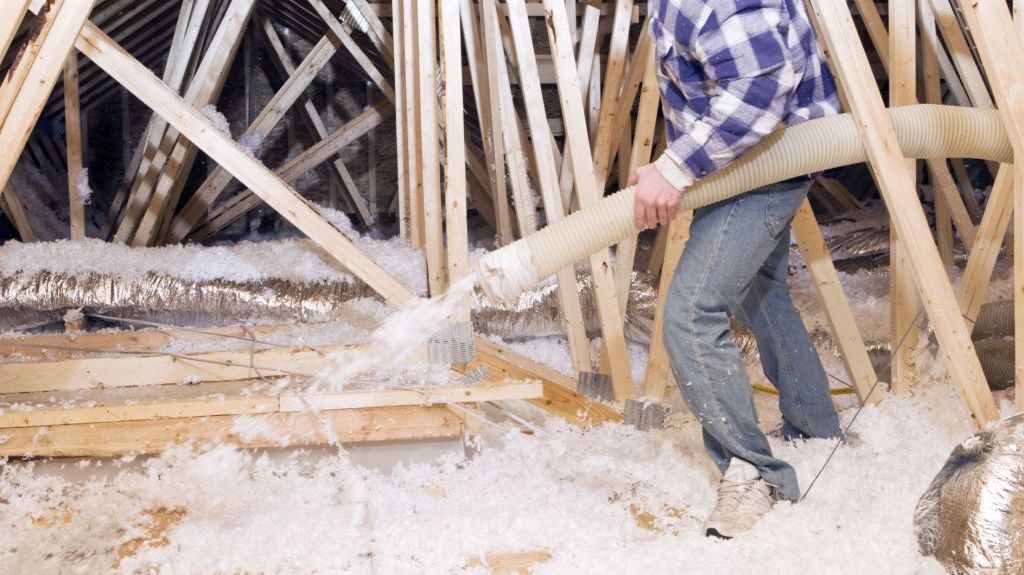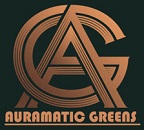
Refractory & High Temperature Insulation
Exfoliated vermiculite is used in the production of insulation shapes which are typically produced using finer grades of the mineral and sodium or potassium silicate. End uses for these shapes include night storage heaters, ceramic cooker hobs and boilers In the production of silicate bound building boards extra attention has to be paid to the dimensional stability of the shape as in many cases it has holes and penetrations through it to accept mounting brackets and fixing screws, and these have to be very accurately placed.
High alumina (also known as calcium aluminate) cements and exfoliated vermiculite can be combined with other aggregates such as expanded shale, clay and slate to produce refractory/insulation concretes and mortars. These refractory/insulation mixes are normally applied by mixing with the appropriate amount of water in a paddle mixer with rubber tipped blades. They can then be cast by pouring, tamping and vibrating in to place. Alternatively mixes can be ‘gun applied’ using a gunite rig such as an Allentown which sprays at high pressure with the water being injected at the gunhead.
Vermiculite concentrate is used for ‘hot topping’ in the steel industry. Vermiculite concentrate when poured onto molten ‘hot metal’ exfoliates immediately and forms an insulating layer allowing the material to be transported to the next production process with a minimal loss of heat.
